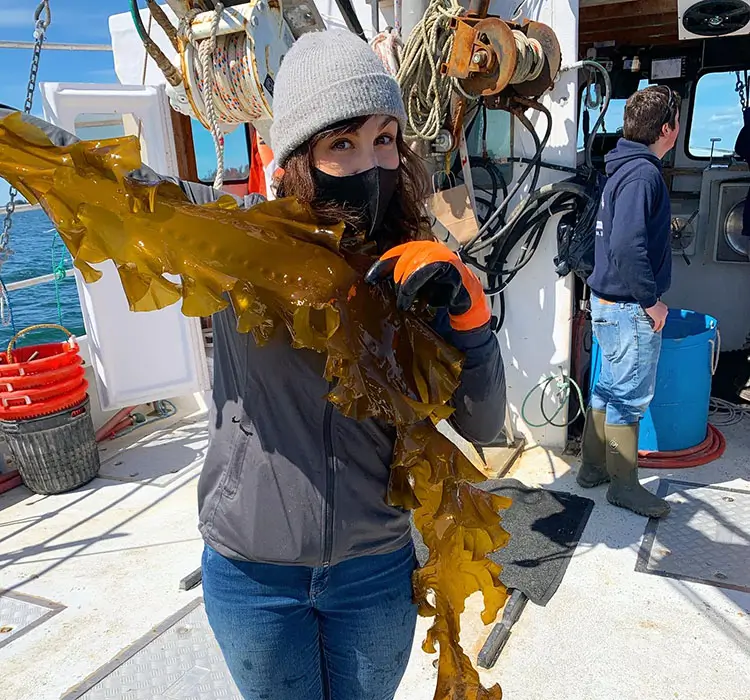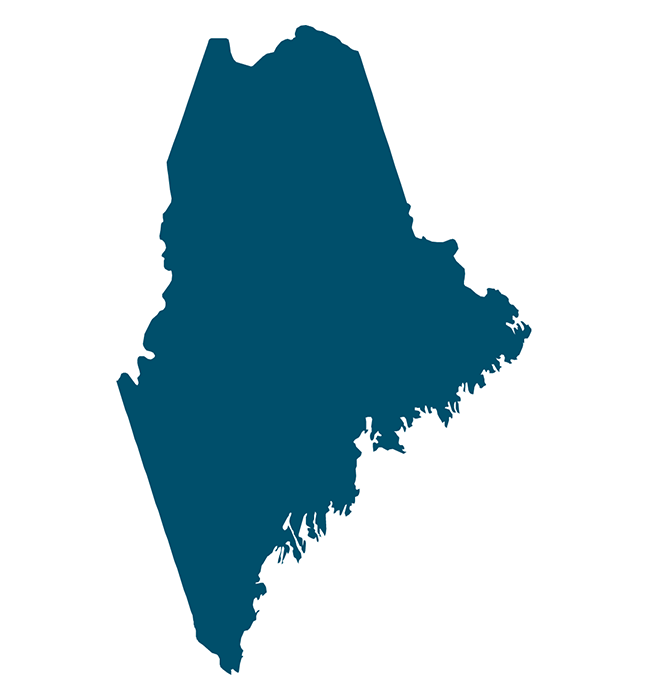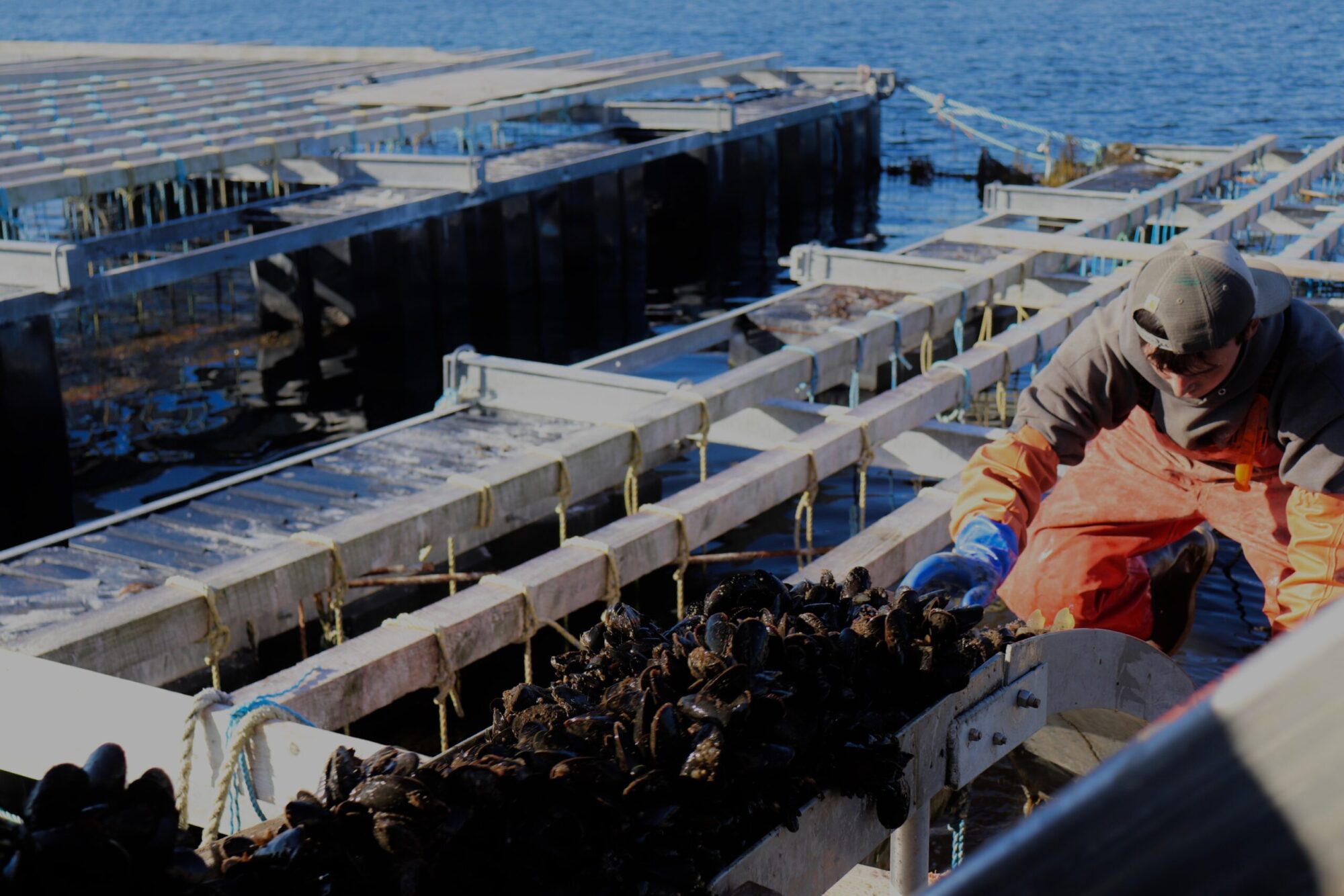Sea Vegetable Farmers
Sea vegetable farming, also known as seaweed farming or mariculture, is an emerging industry in Maine that offers a sustainable solution for food security. With the increasing global population and the need for nutritious food sources, sea vegetable farming has gained attention in the US for its potential to provide a reliable and environmentally friendly food source.
Seaweed farming in Maine is a testament to the state’s commitment to sustainable and environmentally friendly aquaculture. With an abundance of nutrient-rich waters and an ideal coastal climate, Maine’s seaweed farms have become a model for responsible marine resource management.
Let’s delve into the world of sea vegetable farming, exploring its nutritional benefits, challenges and opportunities, sustainable farming practices, and the future of the industry.

What Are Sea Vegetables?
Food security is a pressing concern in today’s world. As the population continues to grow, traditional farming methods are facing challenges like limited land availability, water scarcity, and climate change.
Sea vegetables, also known as seaweeds, are powerhouses of nutrition. They are packed with essential vitamins, minerals, and other bioactive compounds that are beneficial for our health. Sea vegetables are an excellent source of iodine, which is crucial for thyroid function and metabolism, and vitamins D and B12.
They are also rich in antioxidants, such as carotenoids and flavonoids, which help protect our cells from oxidative stress. Additionally, sea vegetables contain high levels of fiber, which aids in digestion and supports a healthy gut. Incorporating sea vegetables into our diet can contribute to overall well-being and improve nutritional diversity.
Where Does It Happen in Maine?
Sea vegetables are very popular in Maine. There are three regions along the Maine coast where sea vegetables are farmed:
Southern, Midcoast, and Downeast Maine.

Southern Maine: Spanning from the Kittery to Freeport, Southern Maine is home to several sea vegetable farms. Its sheltered waters and nutrient-rich currents create optimal conditions for seaweed cultivation.
Midcoast Maine: The midcoast region covers the coastline between Brunswick and Bucksport. Offering pristine waters and a thriving marine environment, making it an ideal location for sea vegetable farming.
Downeast Maine: The Downeast region includes Penobscot Bay and continues along the coast to Canada. The water here is colder than in the rest of the state, making it a prime region for seaweed farming.
What are Examples of Sea Vegetables?
Sea vegetables come in a wide variety of shapes, sizes, and flavors. Each type possesses its own unique characteristics, making them versatile ingredients in a multitude of dishes. All seaweed farmed in Maine is required to be native to Maine. Here are the sea vegetables that are currently farmed in Maine:
• Sugar Kelp (Saccharina Latissima): Sugar kelp is the most cultivated kelp species in Maine. It gets its name from the sweet white powder that forms on the kelp when it washes up on beaches in the summer and dries. With a growing season that typically runs from October to May. This sea vegetable has a flat smooth center and a blade with wavy edges.
• Alaria (Alaria Esculenta): Alaria, often called “winged kelp” because of its wing-like sporophylls, is a type of kelp that grows a long and narrow blade. Its color ranges from golden-brown to deep brown. It is also known as ‘wild Atlantic wakame’ because it is biological and culinary similar to Japanese wakame.
• Skinny kelp (Saccharina angustissima): Skinny kelp is closely related to sugar kelp, and some even characterize it as a subspecies. Smaller and skinnier than sugar kelp, it grows quickly, has a high yield, and a mild flavor.
Health Statistics and Research on Sea Vegetables
Scientific research on sea vegetables has revealed numerous health benefits associated with their consumption. According to a study published in the National Library of Medicine, the regular consumption of sea vegetables can lead to a reduced risk of cardiovascular disease. The study found that the high levels of fiber, omega-3 fatty acids, and antioxidants present in sea vegetables contribute to improved heart health.
Furthermore, sea vegetables have been shown to have anti-inflammatory and anti-cancer properties. The study also found that certain compounds found in sea vegetables have the potential to improve gut health. The high iodine content in sea vegetables has been linked to improved cognitive function and mental health.
From The Farm to Your Table
Kelp, like many delicate and perishable products, begins to undergo enzymatic changes soon after harvest. Immediate processing preserves the seaweed’s nutritional value, texture, and vibrant color, and ensures that consumers receive the full spectrum of health benefits associated with kelp consumption. Immediate post-harvest processing also aligns with Maine’s broader commitment to sustainability. By minimizing waste and optimizing the use of harvested kelp, the state’s aquaculture industry showcases a harmonious relationship between economic viability and environmental responsibility.
Flash-Freezing Techniques: To lock in the kelp’s freshness, some processors employ state-of-the-art flash-freezing techniques. Rapid freezing not only halts the enzymatic activity but also ensures that the kelp retains its firm texture and umami-rich flavor. This method is a testament to Maine’s dedication to delivering top-tier seaweed products to consumers.
Drying for Versatility: Beyond freezing, kelp is often dried to enhance its versatility. The dehydration process not only extends the seaweed’s shelf life but also makes it a convenient ingredient for various culinary applications, from salads to broths.
By employing innovative and sustainable practices, seaweed farmers in Maine contribute to the health of the oceans while providing economic opportunities for local communities. As the world grapples with the challenges of climate change and overexploitation of natural resources, Maine stands as a beacon of responsible aquaculture, showcasing the potential for a more sustainable and ecologically balanced future.
